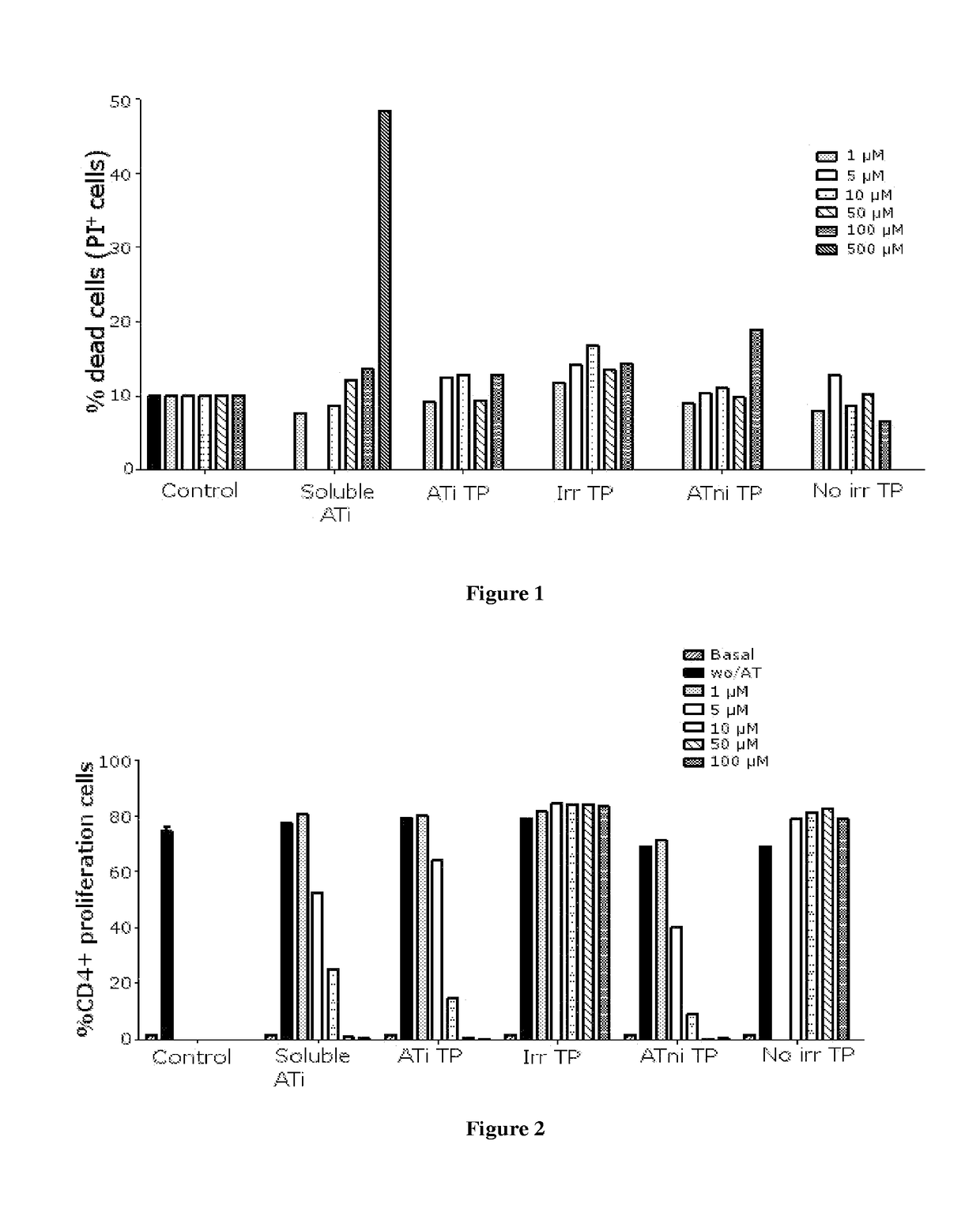Use of statins for periodontal disease and bone regeneration
a statin and periodontal disease technology, applied in the field of periodontal disease and bone regeneration, can solve the problems of bacterial lysis, reduced hdl level, and increased cell permeability, and achieves the effects of reducing il-6 and il-8 production, low hdl level, and anti-inflammatory properties
- Summary
- Abstract
- Description
- Claims
- Application Information
AI Technical Summary
Benefits of technology
Problems solved by technology
Method used
Image
Examples
example 1
on of 2% Atorvastatin Toothpaste
[0094]For 10 ml:
Calcium atorvastatin200 mgMenthol 5 mgsodium fluoride 5 mgLutrol gel250 mgBase gel (enough quantity for) 10 ml
[0095]Calcium atorvastatin was dissolved in ethanol. Menthol and sodium fluoride were added. The whole mix was dissolved in lutrol gel and enough quantity of base gel for 10 ml of formulation was added.
example 2
n of the Association of Systemic Drug Therapy of Statins in the Periodontal Status for an Adult Population
[0096]A concurrent cohort study was perform, with two groups of patients, some exposed to statin therapy and some not exposed to statin therapy. Patient submitted to statin therapy received Atorvastatin 20 mg, every 24 hours, indicated as part of a preventive cardiologic therapy.
[0097]The eligible patients were those that meet the following inclusion criteria: a) informed consent, b) over 35 years, c) with at least 14 natural teeth in the mouth (excluding third molars), d) have some degree of periodontal disease. The excluded patients were those who: a) had migration plans, b) had presence of limiting disease for understanding the study and its execution or for being hospitalized, c) received periodontal treatment in the last year d) received antibiotic nonsteroidal anti-inflammatory drugs therapy in the last 2 months, e) used calcium channel blockers, phenytoin, cyclosporine, o...
example 3
Trial
[0112]The main objective of this clinical trial was to evaluate the effectiveness of tooth brushing with a toothpaste medicated with 2% atorvastatin (Formulation of Example 1) (2 mg per 0.1 ml) in improving clinical and molecular levels in adult patients after nonsurgical treatment of chronic periodontitis, compared with placebo. Another objectives of this clinical trial were to evaluate specific periodontal clinical parameters such as probing depth (PD), clinical attachment level (CAL), bleeding on probing index (BOP) and periodontal inflamed surface area (PISA) in an adult population suffering from chronic PD, prior and after (1 month later) to non-surgical periodontal therapy, supplemented by oral hygiene instruction indicating atorvastatin 2% medicated toothpaste (Formulation of Example 1) compared with placebo; and to assess patient's biochemical markers in the GCF: IL-6, IL-10, CRP, at baseline and after 1 month.
Materials and Methods.
[0113]An atorvastatin 2% toothpaste fo...
PUM
| Property | Measurement | Unit |
|---|---|---|
| minimum inhibitory concentration | aaaaa | aaaaa |
| concentration | aaaaa | aaaaa |
| concentration | aaaaa | aaaaa |
Abstract
Description
Claims
Application Information
 Login to View More
Login to View More - R&D
- Intellectual Property
- Life Sciences
- Materials
- Tech Scout
- Unparalleled Data Quality
- Higher Quality Content
- 60% Fewer Hallucinations
Browse by: Latest US Patents, China's latest patents, Technical Efficacy Thesaurus, Application Domain, Technology Topic, Popular Technical Reports.
© 2025 PatSnap. All rights reserved.Legal|Privacy policy|Modern Slavery Act Transparency Statement|Sitemap|About US| Contact US: help@patsnap.com

